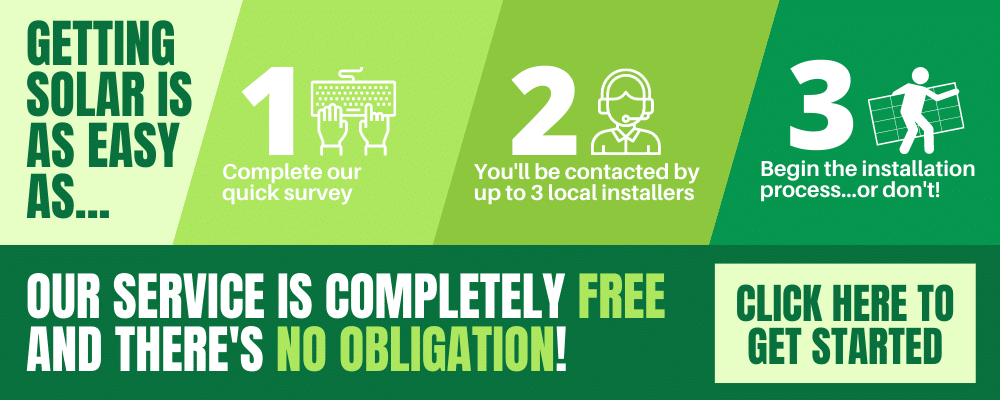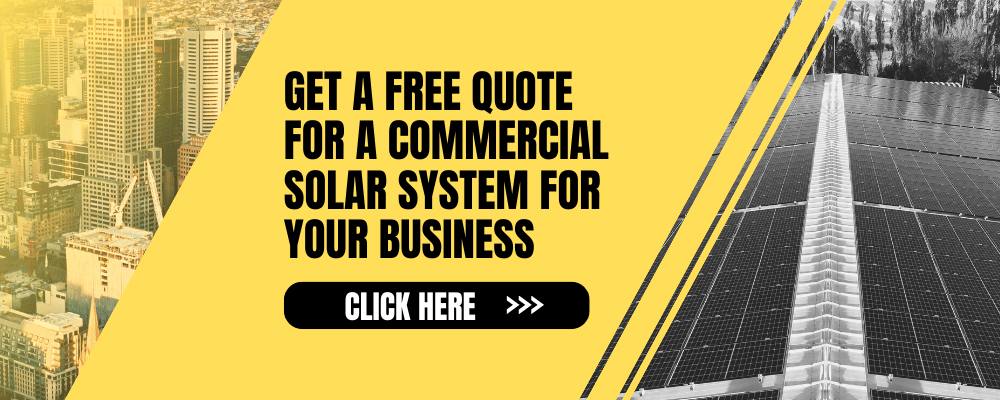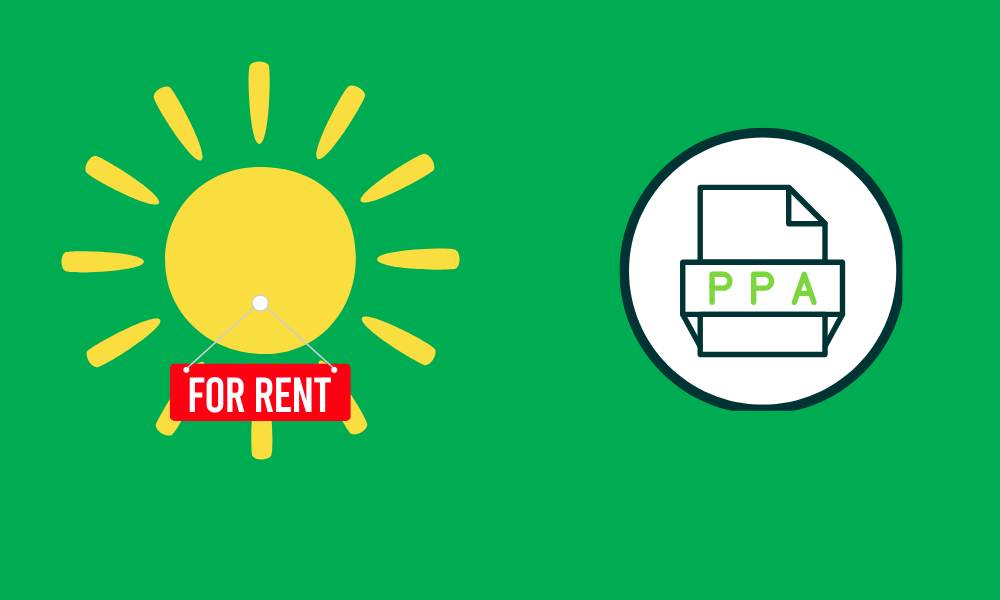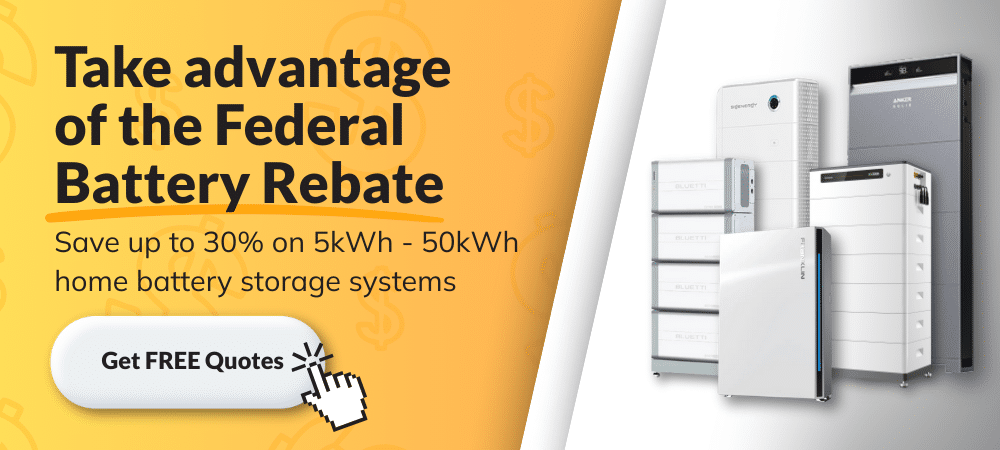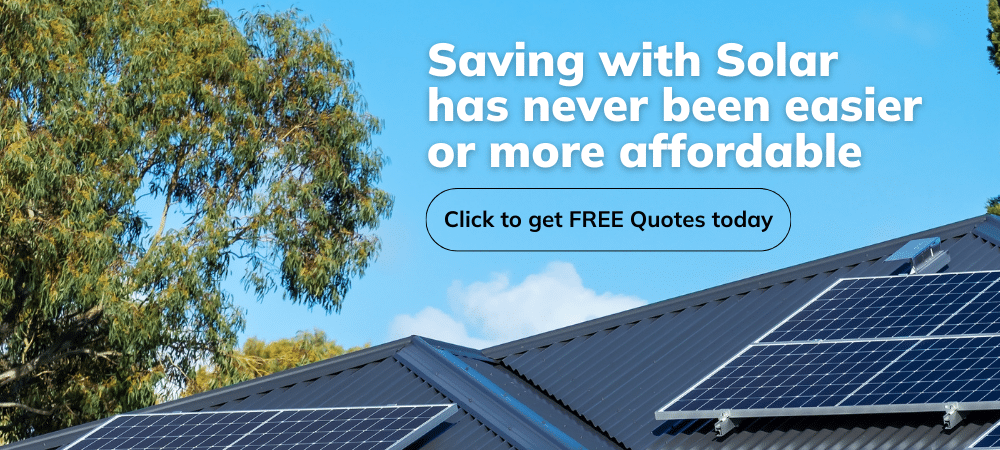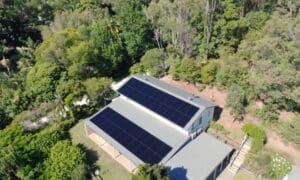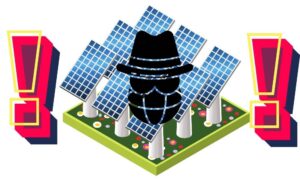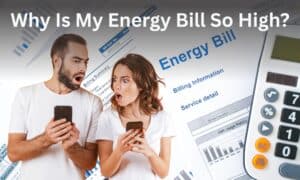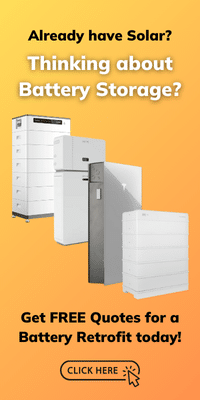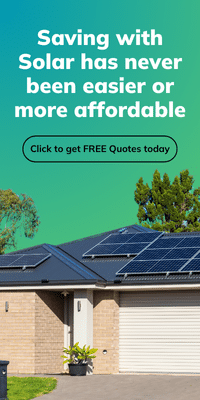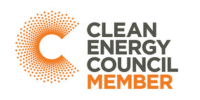Australia’s love affair with solar panels is well known. But in recent years, a quiet shift has been happening on rooftops across the country. Many households are choosing not to buy their solar systems; instead, they rent the power they produce.
It’s a model known as a Power Purchase Agreement (PPA), and it’s changing the way Aussies think about solar ownership. Instead of paying upfront or taking out a loan, PPA users agree to buy the electricity generated from solar panels installed on their roof, often at a cheaper rate than what they’d pay their energy provider.
So, why are more people choosing to rent the sun?
What is PPA?
A PPA is a financial arrangement where a solar company installs a system on your roof at no upfront cost. You don’t own the system, but the company does. And you pay for the electricity it generates, usually at a locked-in, competitive rate for 10 to 25 years.
Unlike solar leasing (which typically charges a fixed monthly fee), PPAs charge per kilowatt-hour (kWh), making your payments directly tied to how much solar energy you use. There’s no need to manage or maintain the system as it will all be handled by the provider.
The rise of PPAs
PPAs have traditionally been more common in commercial solar. However, in recent years, their use in the residential market has grown, especially in areas with rising electricity costs and supportive state programs.
Households that once hesitated due to the high upfront costs of solar now see PPAs as a way to access clean energy without a financial leap. As solar tech improves and the market matures, PPA providers have made their offers more attractive and widely available, especially in New South Wales (NSW), Victoria (VIC), and South Australia (SA).
Why PPAs make psychological sense
PPAs appeal to a modern financial mindset. Instead of committing to a large purchase, many Aussies prefer flexibility and simplicity. Here’s why:
- No debt stress: PPAs let you skip loans, interest rates, and credit checks. For many, that’s reason enough.
- Predictable bills: You pay for only what you use, at a rate typically lower than grid electricity. Some even lock in rates to avoid future hikes.
- Minimise hassle: No maintenance, no system upgrades, no worries The provider handles it all.
- Sustainable: PPAs allow environmentally conscious households to support clean energy without worrying about rebates, warranties, or technical specs.
It’s a financial model that mirrors how people subscribe to services in other areas of life.
Who benefits most?
PPAs aren’t for everyone, but they’re a great fit for certain households:
- Young families looking to cut energy costs without draining savings
- Older homeowners who want to go solar without taking on new loans
- Renters with landlord approval, or those not planning to stay long-term
- Busy professionals who want clean energy without the admin
On the other hand, those planning to stay in their home long-term and who have the capital upfront may still find that buying their system outright offers the best return on investment.
The fine print: Trade-offs to consider
With any contract, there are strings attached, and the same goes for PPAs.
- You won’t own the system, so you don’t get government rebates and potential property value boosts.
- Most agreements last 10-25 years, which could become a hassle if you decide to move.
- The buyout clause can be expensive.
- While the per-kWh rate may start lower, it could include annual escalators, which make it less competitive over time.
PPAs can work great, but only if you know what you’re signing up for.
Are PPAs the future?
With energy prices still volatile and household budgets stretched, PPAs are likely to become more popular, especially as more people prioritise cash flow and low-commitment living. For those looking to go green without going into the red, PPAs can provide a compelling middle ground.
And as the energy market evolves, models like PPAs may provide an easy on-ramp to more dynamic, decentralised energy systems.
Not everyone needs to own their solar panels to enjoy the benefits of renewable energy. For an increasing number of Aussies, renting the sun just makes sense.
If you’re considering solar but hesitant about the cost or commitment, it might be time to explore a PPA. Just be sure to read the fine print, compare offers, and choose what aligns best with your household’s financial goals and values.
How do I sign up for a PPA?
Unlike regular solar installations through a local installer or retailer, power purchase agreements are offered through third-party retailers or energy providers. There are a number of residential PPA providers across Australia, offering varying services.
Unless you are certain that a PPA is the right solution for you, Energy Matters recommends following the traditional path of requesting free solar quotes before exploring PPAs. Understanding the costs involved in an outright or financed system before exploring PPAs is paramount. This will give you a foundation from which to compare the PPAs available to you in your location.
Local solar installers will be able to walk you through the costs and benefits of a solar system and the financing options available to you. PPAs, while attractive in their nature, do come with potential drawbacks.
To begin, request FREE quotes from our nationwide installer network. These no-obligation quotes will arm you with the information you need to make the best, informed decision.







